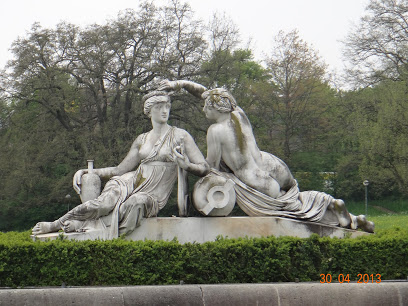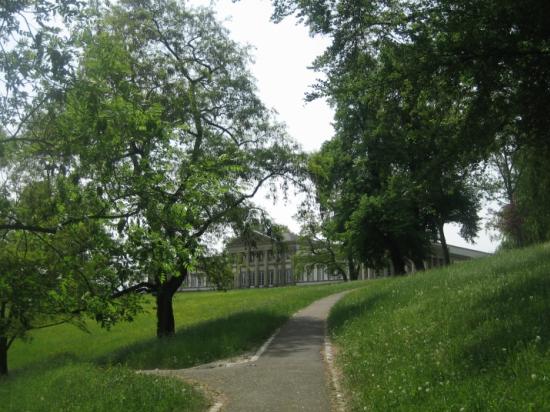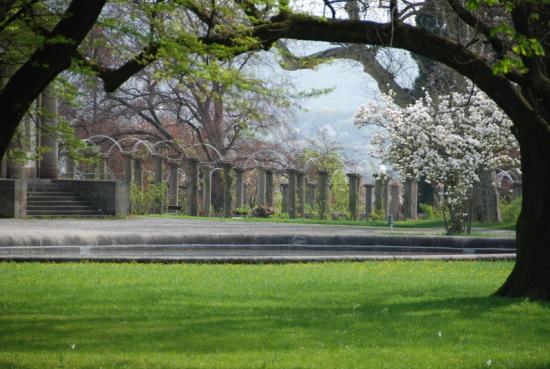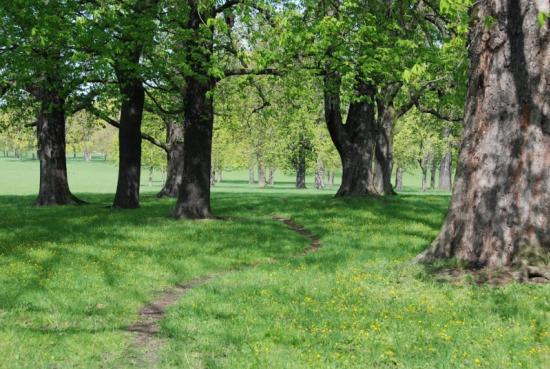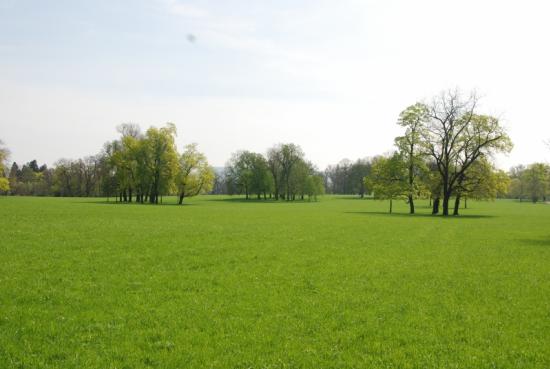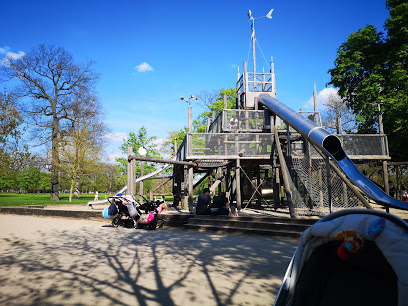Created on the model of nature with meadows and trees, the park was built between 1824 and 1829 under King Wilhelm I of Württemberg to designs by John Papworth and Johann Wilhelm Bosch. The construction of Rosenstein Castle at the southern end of the site began in 1825. The master builder was Giovanni Salucci. The castle was destroyed in World War II and then rebuilt. Today it houses the National Museum of Natural History with its zoological and botanical collection. The Rosenstein Park also houses the Museum am Löwentor, which features finds from the past of southwestern Germany.
For the most part, the historic paths and tree locations have been preserved, and so many old trees and exciting visual relationships can be found in the park. The Rosensteinpark is a listed building and is designated as a landscape protection and FFH area. FFH areas are special European protected areas in nature and landscape protection, which have been designated according to the Fauna-Flora-Habitat Directive and serve the protection of plants (flora), animals (fauna) and habitats (habitat types).

